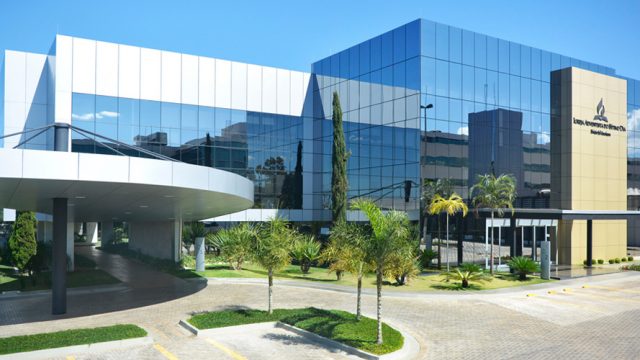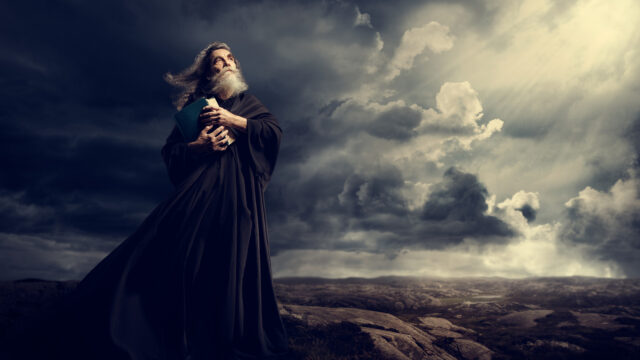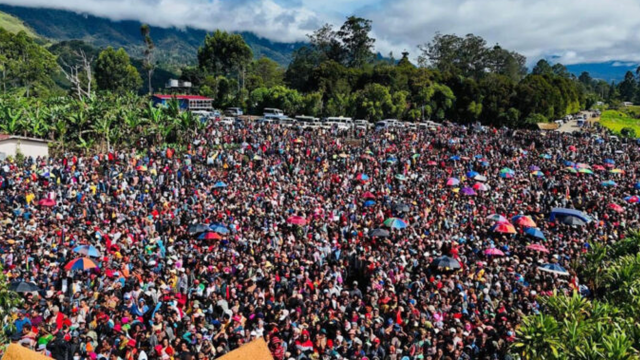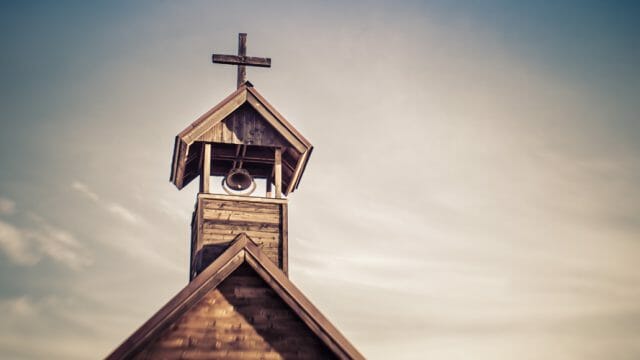We truly see each other only when we look at Him.
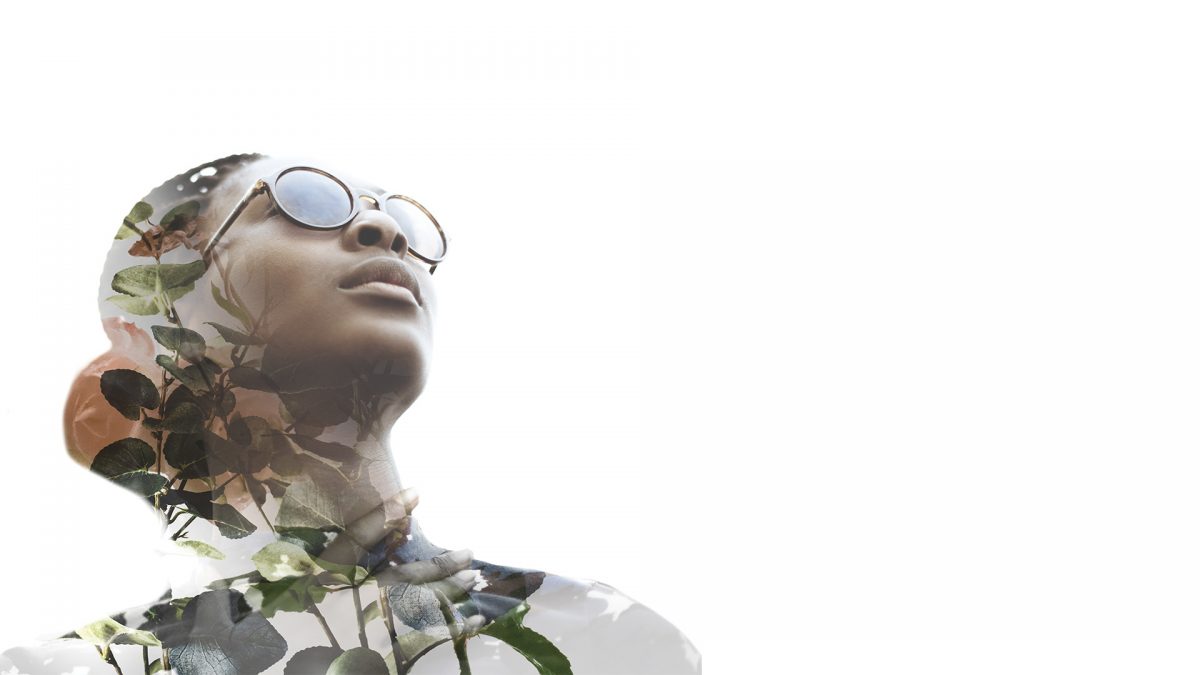
One night, as September changed into October, my daughter was born, made in my likeness and according to my image—a girl with cheeks like mine and hair like mine, eyes blue like mine. Now a toddler, my daughter speaks the way I do, packs her purse the way I do, and loads the dishwasher the way I do.
I imagine that when Adam and Eve became parents, they were as interested and amazed as all parents who have come after them, won- dering at the features of themselves that they saw in their children. The Bible tells us that Adam fathered a son “in his likeness, according to his image” (Gen. 5:3).1
This description of Adam and his son is a copy of the description used for the relationship between God and humanity. “Then God said, ‘Let us make humankind in our image, according to our likeness’” (Gen. 1:26; compare with Gen. 5:1, 2). God is very clear that human beings are created in God’s image and likeness (Gen. 1:26, 27; 5:1, 2; 9:6).
IN HIS IMAGE
It sounds grand, but what does it really mean? It’s easy to see how my children are like me—they share my brown hair, my regional dialect, some of my mannerisms. Yet people of all colors, languages, cultures, and abilities are created in the image of God, so God’s image cannot be located in any of those specifics. What can we know from Scripture about the image of God in humanity? Here are seven insights from God’s Word:
1. It bestows upon humans a special dignity. When God prescribes the strongest possible punishment for those who murder, he explains that it is because “in his own image God made humankind” (Gen. 9:6). Humans are of special value to God.
2. It remains even after the Fall. Sin has undoubtedly corrupted human hearts and societies, but the stamp of God persists on individual people. The sentence against murderers in Genesis 9:6 is issued long after sin had poisoned the world, but the image of God in humanity is still cited as reason to respect human life.
3. It entails a royal responsibility. In the Creation account, God braids together the divine image in humanity with a unique role for them as royal superintendents over the earth, fruitfully filling and carefully subduing it. This elevated role is specified immediately after each mention of the image of God in humanity (Gen. 1:26, 28). David marveled at the specialness of this God-given privilege. In amazement he wrote, “What are human beings that you are mindful of them, mortals that you care for them? Yet you have made them a little lower than God, and crowned them with glory and honor. You have given them dominion over the works of your hands; you have put all things under their feet” (Ps. 8:4-6).
4. It applies to both male and female. The image of God as male and female is emphasized in the Bible, and the directives for dominion and fruitfulness were given to man and woman together. This means that men and women both bear the image and likeness of their Creator and are endowed with nobility and responsibility.
5. It reflects God’s triune nature. Humanity has been designed for creative fruitfulness and royal caretaking, and only together in cooperation and interdependence can humans fulfill their calling. The image of God is seen in us when we work out His calling, not as solitary individuals, but as a complex unity of persons united in love, just as the three persons of the Godhead work cooperatively and deferentially with one another to bless the world.
6. It finds its complete expression in Christ. Humans were made “in” the image of God, or “according to” the image of God, but Christ Himself is the image of God, the fullest and truest expression of God (2 Cor. 4:4; Col. 1:15).
7. It is the design for a glorious destiny. The original and ultimate purpose of God for humanity is that we would be conformed to the image of His dear Son (Rom. 8:29; 2 Cor. 3:18; Eph. 4:24). The plan all along was that God’s human images, righteous and holy like their Maker, would grow up in glory to become ever more like Him.
FINDING OUR PLACE
Like orphans in an immense cosmos, human beings yearn to find their place in this vast world and in this universe that appears so cold and indifferent. Told that they originated from lower life forms battling it out in the violent, self-interested survival of the fittest, people wonder if “humanity” means anything at all.
It’s true that like every tree, flower, and stalk of grass, we are built from the stuff of the earth. We share the elements and the environment in common with every plant on the planet. Like every beast, bird, and bug, we are animated by the breath of life (Gen. 1:30; 2:7). Yet human creatures stand out among creation as unique. God has gifted us a special dignity, a special role, and a special destiny; God has made us in His image.
We must understand this in order to understand ourselves. When we appreciate the beauty, nobility, and glory that is God’s design for us and within us, we can grasp the high value that human beings have in God’s sight. We can reach higher and press farther in our pursuit of His best for us.
Understanding the image of God in humanity will lead us to safeguard human life and dignity from abuse and exploitation. We will see one another through the lens of glory. As Abraham Joshua Heschel wrote: “You cannot worship God and at the same time look at man as if he were a horse.”
* All Bible texts are from the New Revised Standard Version of the Bible, copyright © 1989 by the Division of Christian Education of the National Council of the Churches of Christ in the U.S.A. Used by permission.


